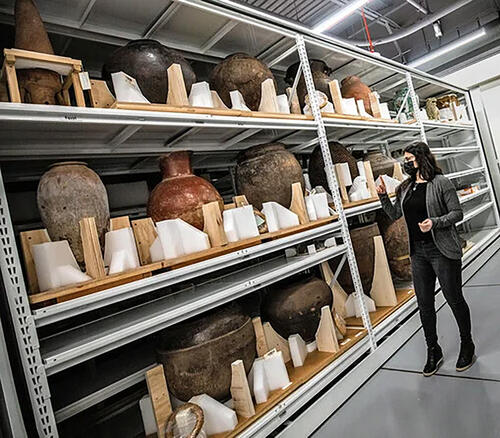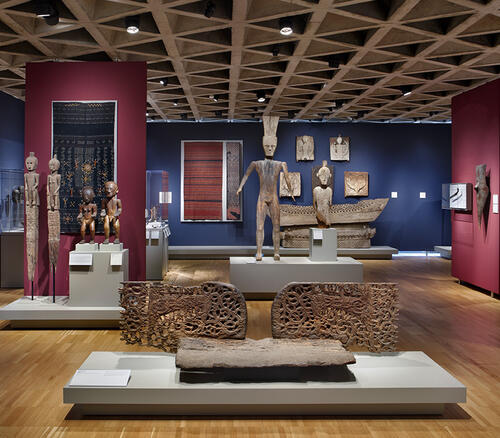Yale Initiative for the Study of Ancient Pyrotechnology
Ellery Frahm, PhD, Director
Since 2017, the Yale Initiative for the Study of Ancient Pyrotechnology (Y-PYRO) serves as an umbrella organization for archaeological research that can be conceptualized in terms of the control of fire. New technologies and materials, until recently in human history, depended on attaining and controlling greater and greater temperatures. This process began as early as 1.5 million years ago, when control of fire enabled changes in human behavior, diet, and even technology, such as heat treatment of stone, wood implements, and complex adhesives to join them as compound tools. A particular focus is how increasingly sophisticated control of fire, as revealed through studies of the archaeological record, became a critical stimulus to the emergence of behavioral, cultural, and societal complexity around the world.

